Rolex is one of the world’s most prestigious and recognizable watch brands. Renowned for its precision, innovation, and timeless designs, Rolex boasts a fascinating history that spans over a century. From its humble beginnings to its status as a global symbol of luxury and success, let’s embark on a detailed journey through the history of Rolex.
Founding Years (1905-1910)
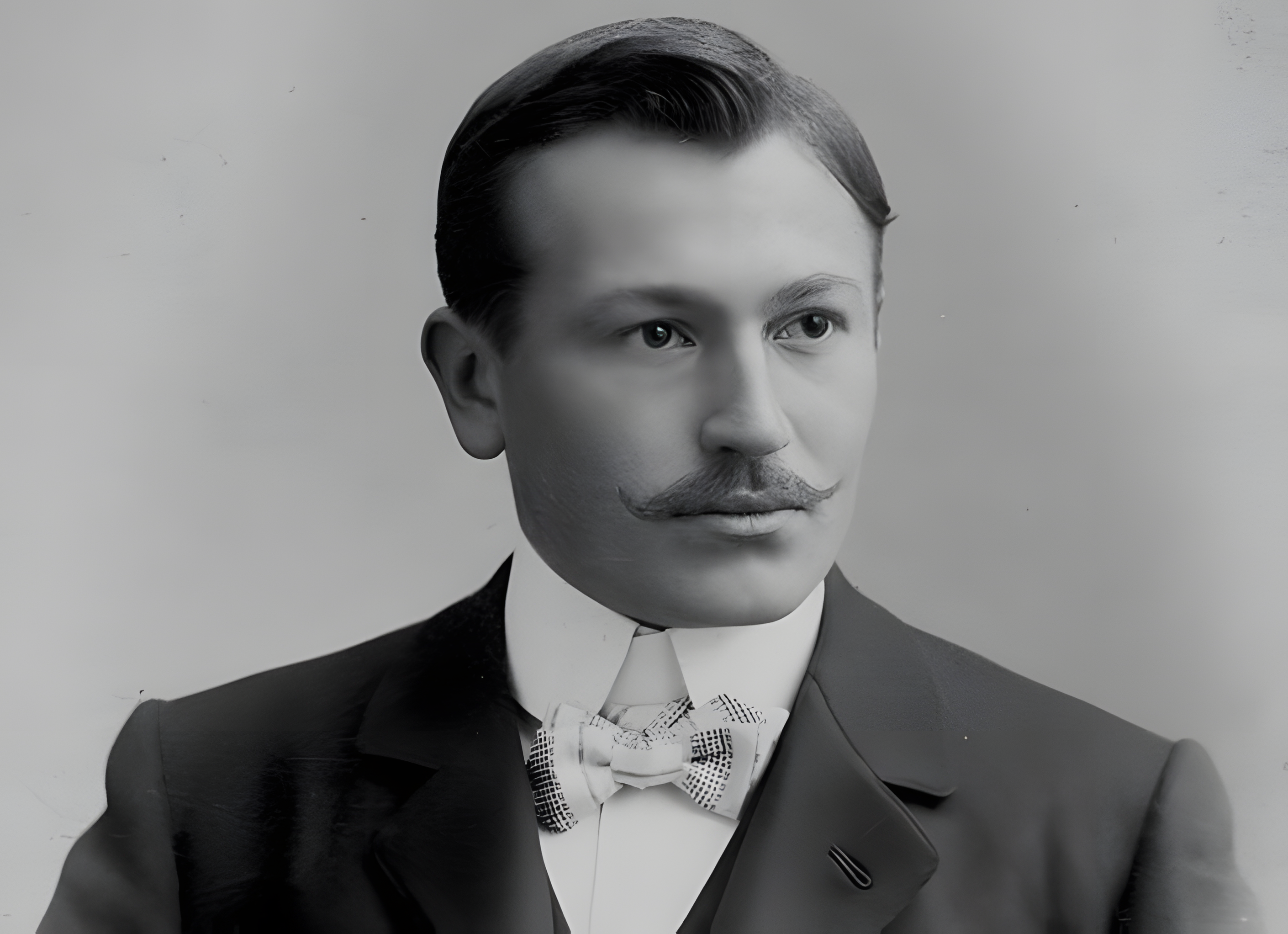
Rolex was established in 1905 by Hans Wilsdorf and his brother-in-law Alfred Davis in London, England. Initially named Wilsdorf & Davis, the company quickly distinguished itself by importing Swiss movements and craftsmanship to create high-quality watch cases. Wilsdorf had a bold vision: to revolutionize the watch industry with elegant and precise wristwatches at a time when such concepts were not widely embraced.
In 1908, Wilsdorf registered the name “Rolex” in La Chaux-de-Fonds, Switzerland. This name was intentionally chosen for its ease of pronunciation across languages and its elegant fit on watch dials. By 1910, Rolex achieved a remarkable milestone, becoming the first wristwatch to receive the Swiss Certificate of Chronometric Precision, awarded by the Official Watch Rating Centre in Bienne. This accolade solidified Rolex’s reputation for excellence in horology.
Expansion and Innovation
1919 – Move to Switzerland
During World War I, the high import duties in Britain necessitated Wilsdorf’s strategic decision to relocate the company to Geneva, Switzerland. This move led to the official establishment of Rolex as Montres Rolex S.A., marking a significant turning point in the brand’s history.
1926 – The Birth of the Rolex Oyster
One of the most exciting moments in Rolex’s history happened in 1926 with the introduction of the Oyster case. This innovative design created the world’s first wristwatch that was both waterproof and dustproof, thanks to its hermetically sealed case!
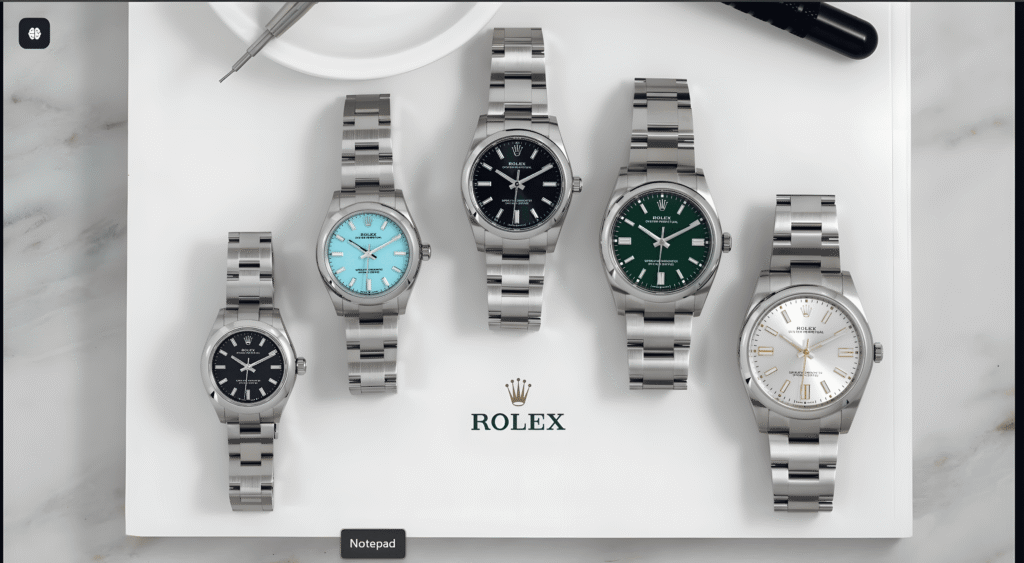
Then, in 1927, Rolex really put the Oyster to the test. British swimmer Mercedes Gleitze wore the watch while swimming across the English Channel. After over 10 hours in the water, the watch came out perfectly functional! This amazing feat helped establish Rolex as a leader in durability and innovation.
1931 – The Perpetual Movement
In 1931, Rolex boldly revolutionized the watch industry with the introduction of the Perpetual self-winding movement. This groundbreaking technology employed a rotor mechanism to power the watch automatically, completely eliminating the need for manual winding. As a result, this innovation set the standard for modern automatic watches, establishing a legacy that endures to this day.
1945 – The Rolex Datejust

Rolex revolutionized the watch industry with the launch of the Datejust, the first wristwatch to feature an automatically changing date window, all encased in a robust, waterproof Oyster case. Today, the Datejust stands as one of Rolex’s most beloved and iconic models.
1953 – The Birth of the Submariner and Explorer
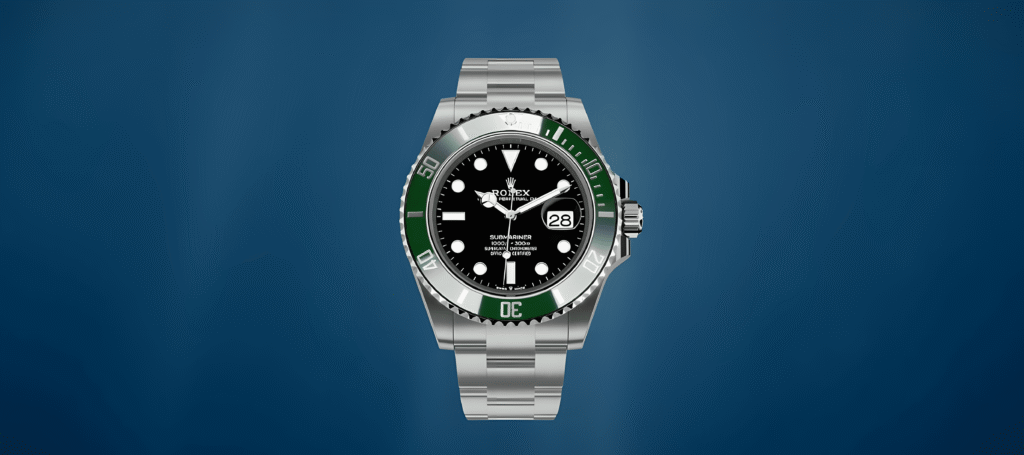
In a groundbreaking year for exploration, Rolex unveiled the Submariner, the first diver’s watch engineered to withstand depths of up to 100 meters. Additionally, they released the Explorer, honoring Sir Edmund Hillary and Tenzing Norgay’s remarkable ascent of Mount Everest. Both adventurers proudly wore Rolex watches during their historic expedition.
1955 – The GMT-Master
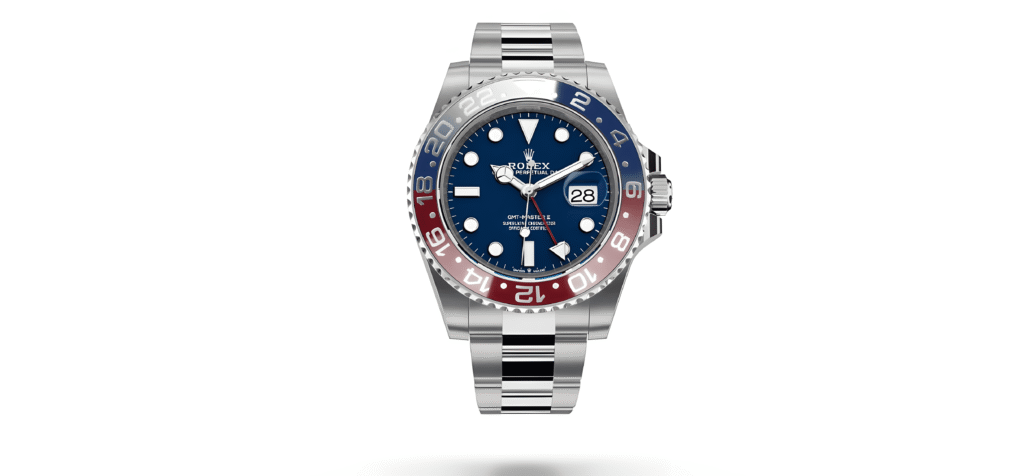
Tailored specifically for the pilots of Pan American World Airways (Pan Am), the Rolex GMT-Master emerged as a game-changer, empowering wearers to effortlessly track multiple time zones. This watch quickly became the essential companion for the modern international traveler.
1963 – The Daytona Cosmograph
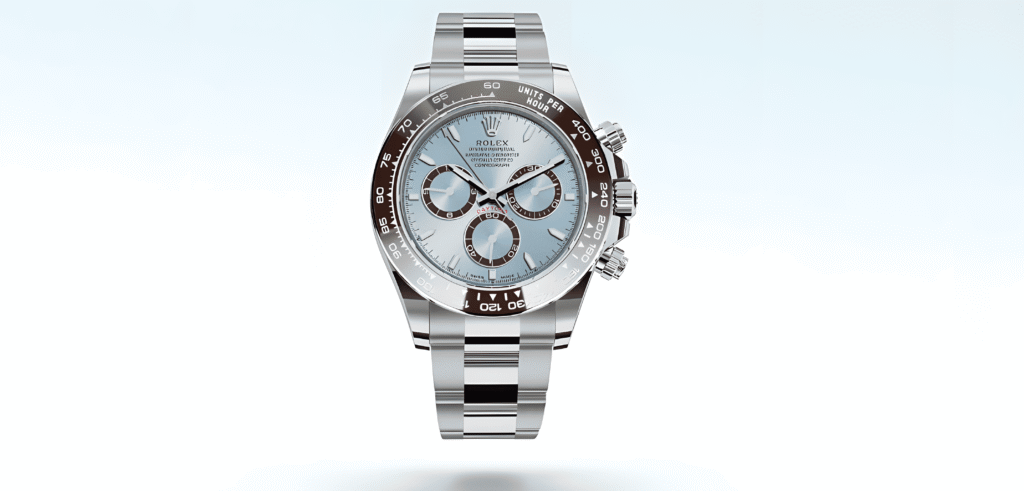
Launched in 1963, the Rolex Daytona was crafted for the elite world of professional motorsports. It quickly gained legendary status, especially due to its association with the charismatic actor and racing aficionado Paul Newman, solidifying its place as an enduring icon in both the automotive and horological realms.
1971 – Rolex Explorer II
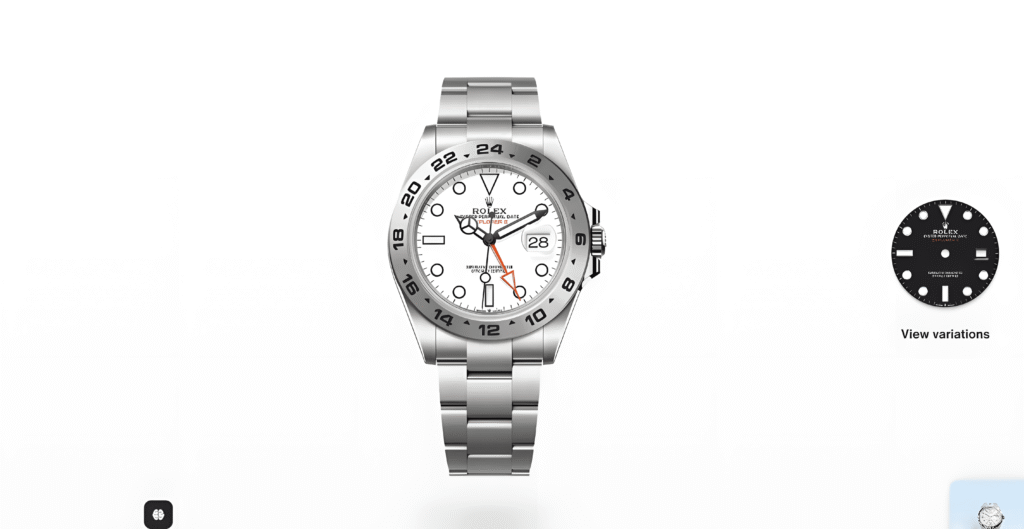
The Rolex Explorer II was created with cave explorers and adventurers in mind! It introduced a handy 24-hour hand to help you tell the difference between day and night, especially in places where natural light is hard to find.
1985 – Introduction of 904L Steel
In 1985, Rolex made a fantastic upgrade by starting to use 904L stainless steel. This material is not only corrosion-resistant but also super durable, raising the bar for luxury watchmaking!
1992 – Rolex Yacht-Master
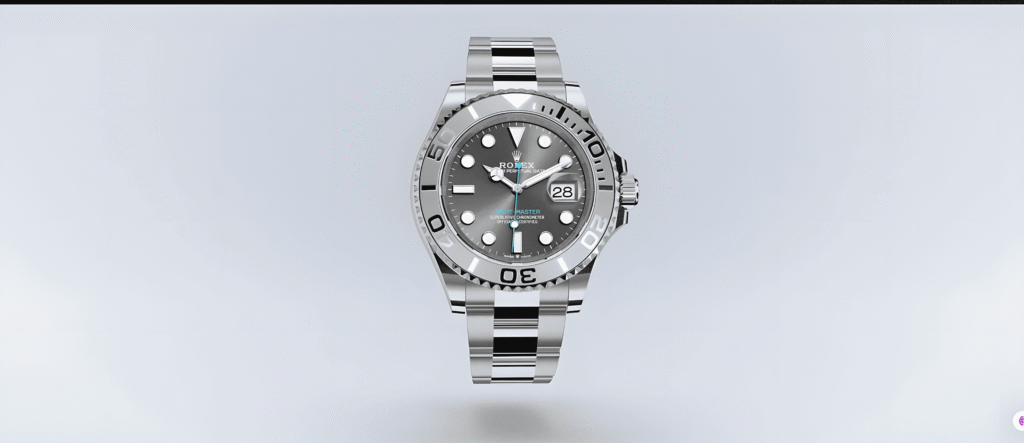
The Yacht-Master made its debut in 1992 as a sporty luxury watch designed for sailing enthusiasts. Rolex didn’t stop there; in 2007, they rolled out the Yacht-Master II, featuring a cool regatta countdown timer to make racing even more exciting!
2000s – Advanced Movements and Innovations
– 2000: Rolex made a significant leap forward with the introduction of the Caliber 4130 movement in the Daytona, setting new standards for reliability and performance.
– 2012: The launch of the Sky-Dweller showcased Rolex’s engineering prowess, offering a sophisticated timepiece for travelers with its advanced annual calendar and dual time zone functionality.
– 2020: Rolex redefined its classic models by unveiling the new 41mm Submariners, featuring refined movements and modern designs that elevate the brand to new heights.
Rolex Today: A Legacy of Excellence
Rolex continues to lead the watchmaking industry by consistently enhancing its craftsmanship, technology, and designs. Its timepieces are worn by explorers, athletes, and world leaders, symbolizing achievement and sophistication.
From inventing the first waterproof watch to developing highly coveted luxury timepieces, Rolex has established itself as a pioneer in horology. With more than a century of excellence, the brand inspires watch enthusiasts around the globe.
